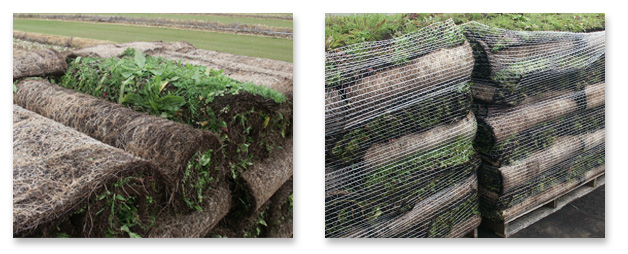Over the last couple of months our MD James Hewetson-Brown, has been invited to be interviewed for a selection of radio stations and television stations, including BBC South East, South Today, and Sussex Radio.
We have been working with the Grasslands Trust, Meadows Nectar Networks Initiative (MNNI) and Keith Datchler OBE the head of the initiative, with the aim of installing our Wildflower Turf at selected UK locations. The turf which was featured at the Olympics will help to reverse the decline in our wildflower meadows with the aim of promoting regional biodiversity and sustainability.
In a bid to reverse the decline of our wildflower meadows by offering practical support to landowners with the management, enhancement and creation of lowland meadow across the Weald, The Meadows Nectar Networks Initiative raises awareness of the value of meadows through demonstrations to the public and landowners, highlighting what can be achieved with little effort!
The initiative was originated by the High Weald AONB at Flimwell and in 2010 transferred to the leadership of the High Weald Landscape Trust (WMI -Weald Meadows Initiative). More recently it has been associated with The Grasslands Trust.

James Hewetson-Brown commented: “We are delighted to donate the special blend of Wildflower Turf, with 30 different flower seeds and four types of grasses in the hope that the quality, adaptability, flexibility, and long-term environmental and financial rewards it offers will become more widely known. We grew more than we needed for the Olympics, so this is an ideal way to extend the turf’s benefits to the wider community and provide a lasting legacy”.
The first location was Kingsmead Meadow in Battle, near Hastings. The second location was the Weald and Downland open Air museum in Chichester, West Sussex.
This joint initiative aims to raise awareness of the importance of recreating ancient pastures and wildflower meadows enabling everyone to contribute to restoring and hopefully protecting the countryside, parks and gardens alike, as a refuge for the UK’s native species.